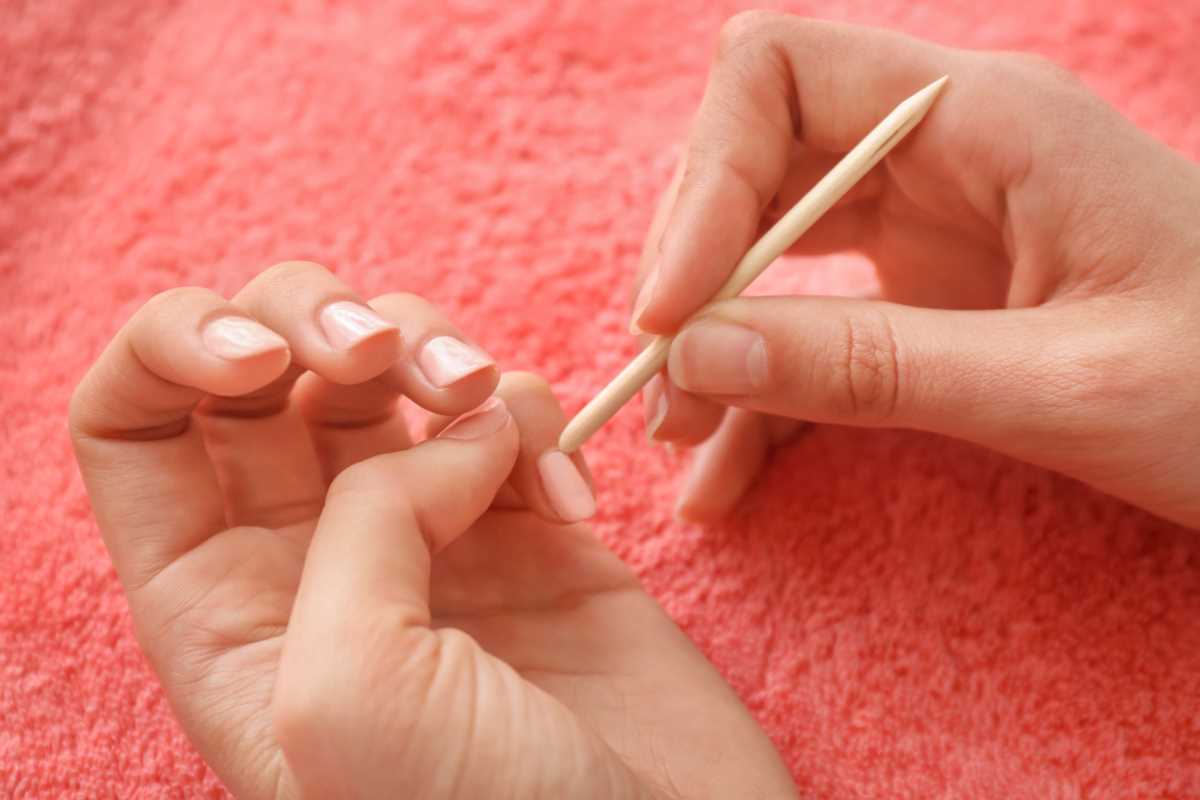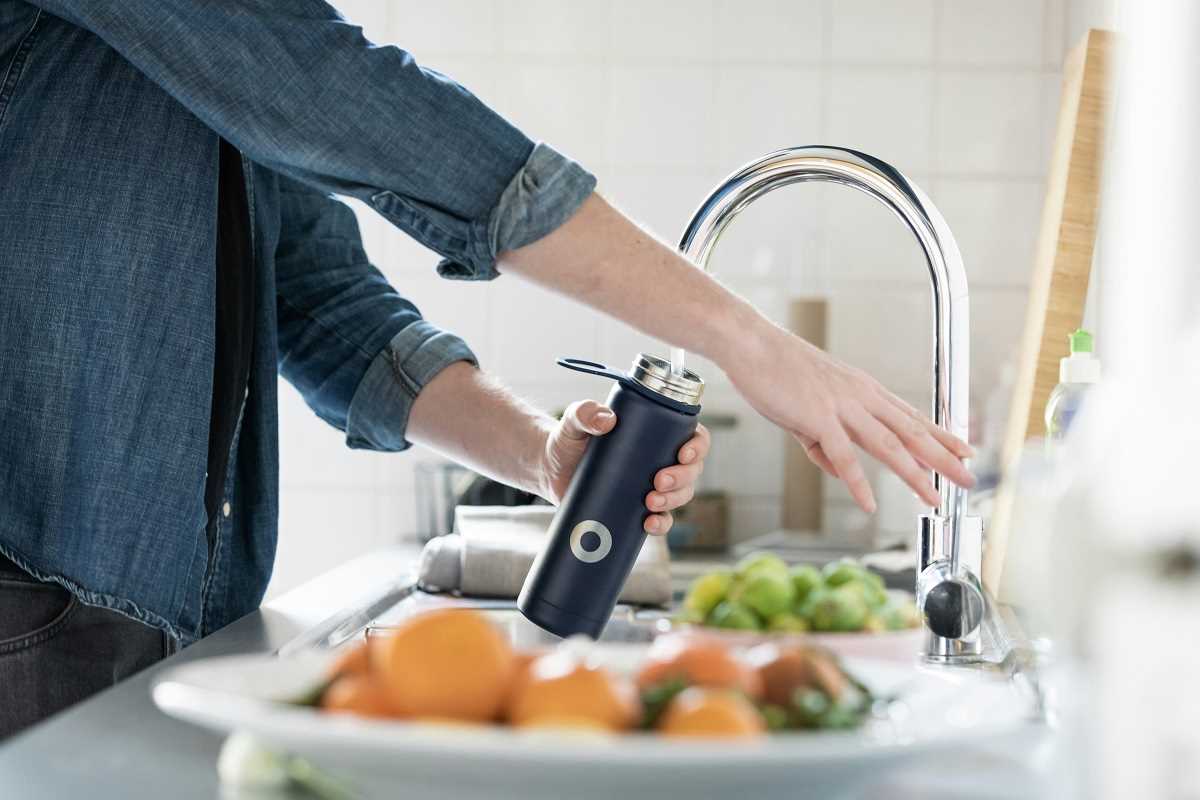Stress hits your body like a silent alarm system. Your heart pounds, muscles tense, and thoughts spiral. Within seconds, stress hormones flood your bloodstream, preparing you for fight or flight. While this response once helped our ancestors survive threats, today's chronic stress from work deadlines, financial worries, and daily pressures keeps this system constantly activated.
The good news? You carry the antidote with you everywhere—your breath. Research from Harvard Medical School shows that controlled breathing exercises can reduce cortisol levels by up to 23% and lower blood pressure within minutes. These simple techniques work by activating your parasympathetic nervous system, which triggers your body's natural relaxation response.
You'll discover five evidence-based breathing exercises that can transform your stress response, learn when to use each technique, and understand how regular practice builds lasting resilience. Ready to harness the power of your breath? Let's begin.
How Breathing Affects Your Stress Response
Your breathing pattern directly influences your nervous system. When stressed, your breathing becomes shallow and rapid, centered in your chest rather than your diaphragm. This sends a signal to your brain that danger is present, perpetuating the stress cycle.
Slow, deep breathing does the opposite. It activates the vagus nerve, which runs from your brain to your abdomen and controls your parasympathetic nervous system. Studies from the American Heart Association demonstrate that controlled breathing can lower heart rate by 10-20 beats per minute and reduce anxiety levels significantly within just five minutes of practice.
The beauty of breathing exercises lies in their accessibility. You don't need equipment, special training, or even privacy. These techniques work anywhere—at your desk, in traffic, or before important meetings. Let's explore five powerful breathing methods that can quickly restore your calm.
1. Diaphragmatic Breathing: The Foundation Technique
Diaphragmatic breathing, also called belly breathing, forms the foundation of all effective breathing exercises. This technique teaches you to breathe deeply into your lower lungs using your diaphragm muscle, maximizing oxygen intake while minimizing effort.
Research from Johns Hopkins Medicine shows that diaphragmatic breathing increases oxygen efficiency by 15% and reduces the work of breathing. This technique is particularly effective for chronic stress and anxiety disorders.
How to Practice Diaphragmatic Breathing
Step 1: Find a comfortable position sitting or lying down. Place one hand on your chest and one on your belly, just below your ribcage.
Step 2: Breathe in slowly through your nose for 4 counts. Focus on expanding your belly outward while keeping your chest relatively still. The hand on your belly should rise higher than the hand on your chest.
Step 3: Purse your lips slightly and exhale slowly for 6 counts. Your belly should fall inward as you release the air.
Step 4: Continue this pattern for 5-10 minutes, maintaining the focus on deep belly movement rather than chest expansion.
When to Use Diaphragmatic Breathing
This technique works best as a daily practice to build your baseline stress resilience. Practice it for 5-10 minutes each morning or evening. Use it during mild stress situations when you have time to focus on the technique properly.
Benefits of Diaphragmatic Breathing
- Lowers blood pressure and heart rate
- Improves oxygen delivery to muscles and organs
- Reduces muscle tension throughout the body
- Enhances focus and mental clarity
- Builds long-term stress resilience with regular practice
2. 4-7-8 Breathing: The Natural Tranquilizer
Developed by Dr. Andrew Weil, the 4-7-8 breathing technique acts like a natural tranquilizer for your nervous system. The extended exhale phase activates your parasympathetic nervous system more powerfully than other breathing methods.
Clinical studies published in the Journal of Alternative and Complementary Medicine found that 4-7-8 breathing reduces anxiety levels by 44% and improves sleep quality in 78% of participants within four weeks of regular practice.
How to Practice 4-7-8 Breathing
Step 1: Sit comfortably with your back straight. Place the tip of your tongue against the ridge behind your upper teeth and keep it there throughout the exercise.
Step 2: Exhale completely through your mouth, making a whoosh sound around your tongue.
Step 3: Close your mouth and inhale quietly through your nose for 4 counts.
Step 4: Hold your breath for 7 counts.
Step 5: Exhale completely through your mouth for 8 counts, making the whoosh sound again.
Step 6: Repeat this cycle 3-4 times when starting out. Advanced practitioners can complete up to 8 cycles.
When to Use 4-7-8 Breathing
This technique excels for acute stress situations and when you need to fall asleep quickly. Use it before important presentations, during panic episodes, or when your mind races at bedtime. The technique works fastest when you're already somewhat relaxed.
Benefits of 4-7-8 Breathing
- Rapidly reduces anxiety and panic symptoms
- Promotes faster sleep onset
- Decreases heart rate within 60 seconds
- Improves emotional regulation
- Provides immediate stress relief in challenging situations
3. Box Breathing: The Military Method
Box breathing, also called square breathing, is used by Navy SEALs and emergency responders to maintain calm under extreme pressure. This technique creates equal phases of breathing that help regulate your autonomic nervous system and improve focus.
Research from the Defense Department shows that box breathing maintains cognitive performance under stress and reduces cortisol levels by 50% when practiced regularly. The structured nature of this technique makes it particularly effective for people who prefer systematic approaches.
How to Practice Box Breathing
Step 1: Sit upright with your feet flat on the floor and hands relaxed in your lap.
Step 2: Exhale completely through your mouth to empty your lungs.
Step 3: Inhale through your nose for 4 counts, filling your lungs gradually and evenly.
Step 4: Hold your breath for 4 counts without tensing your muscles.
Step 5: Exhale through your mouth for 4 counts, releasing air steadily.
Step 6: Hold empty for 4 counts before beginning the next cycle.
Step 7: Repeat for 4-10 complete cycles, maintaining the same count throughout.
When to Use Box Breathing
Box breathing works excellently for performance anxiety, before public speaking, during work stress, or anytime you need sharp mental focus. The predictable pattern helps interrupt racing thoughts and creates a sense of control.
Benefits of Box Breathing
- Enhances concentration and mental clarity
- Reduces performance anxiety
- Balances the nervous system
- Improves emotional stability
- Builds confidence in high-pressure situations
4. Alternate Nostril Breathing: The Balancing Technique
Alternate nostril breathing, known as Nadi Shodhana in yoga, balances the left and right sides of your brain while calming your entire nervous system. This ancient technique has gained scientific validation for its stress-reducing properties.
Studies from the International Journal of Preventive Medicine demonstrate that alternate nostril breathing reduces perceived stress levels by 68% and improves heart rate variability—a key marker of stress resilience—within just eight weeks of practice.
How to Practice Alternate Nostril Breathing
Step 1: Sit comfortably with your spine straight. Rest your left hand on your knee.
Step 2: Bring your right hand to your face. Place your thumb on your right nostril and your ring finger on your left nostril. Your index and middle fingers can rest on your forehead.
Step 3: Close your right nostril with your thumb and inhale slowly through your left nostril for 4 counts.
Step 4: Close both nostrils for a moment, then release your thumb and exhale through your right nostril for 4 counts.
Step 5: Inhale through your right nostril for 4 counts.
Step 6: Close both nostrils briefly, then release your ring finger and exhale through your left nostril for 4 counts.
Step 7: This completes one full cycle. Continue for 5-10 cycles.
When to Use Alternate Nostril Breathing
This technique works best when you need to restore mental balance and emotional equilibrium. Use it during overwhelming situations, when feeling scattered or unfocused, or as part of a morning routine to start your day centered.
Benefits of Alternate Nostril Breathing
- Balances the nervous system
- Improves concentration and mental clarity
- Reduces anxiety and emotional reactivity
- Enhances mind-body connection
- Promotes feelings of inner calm and stability
5. Pursed-Lip Breathing: The Lung Strengthener
Pursed-lip breathing helps regulate your breathing pattern while strengthening your respiratory muscles. Originally developed for people with lung conditions, this technique benefits anyone experiencing stress-related breathing difficulties.
Research from the American Lung Association shows that pursed-lip breathing improves oxygen efficiency by 25% and reduces shortness of breath associated with anxiety and stress. The technique creates back-pressure in your airways, helping you breathe more effectively.
How to Practice Pursed-Lip Breathing
Step 1: Sit comfortably or stand with relaxed shoulders.
Step 2: Inhale slowly through your nose for 2 counts, keeping your mouth closed.
Step 3: Purse your lips as if you're going to whistle or blow out a candle.
Step 4: Exhale slowly and steadily through your pursed lips for 4 counts. The exhale should be twice as long as the inhale.
Step 5: Don't force the air out—let it flow naturally through your pursed lips.
Step 6: Repeat for 5-10 breaths, focusing on the controlled, steady exhale.
When to Use Pursed-Lip Breathing
This technique excels during physical stress, after exercise, during panic attacks, or when feeling short of breath due to anxiety. It's particularly helpful for people who experience chest tightness or breathing difficulties during stressful situations.
Benefits of Pursed-Lip Breathing
- Slows your breathing rate naturally
- Reduces anxiety-related breathlessness
- Strengthens respiratory muscles
- Improves oxygen saturation
- Provides immediate relief from panic symptoms







